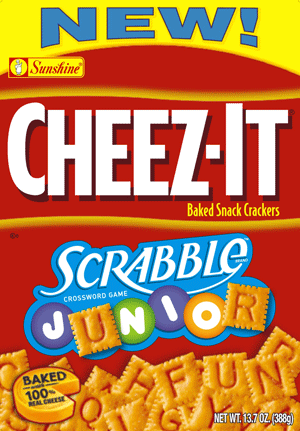Doing on their own is a glorious moment for parents and children.
Parents welcome the growing independence (well, for the most part) and children gain confidence and a sense of contribution.
With eight very different children, adult to infant, we have experienced these milestones at varying times. There have been no two identical developmental time tables. Yes, there are milestone guidelines, but what takes one four-year-old child six months to practice and master may take another three weeks. Both four year olds achieved the milestone, but with different processes and progress. That is the beauty of life, unique and individual.
With all their distinctive characteristics, there are wonderful ways these littles could be independent, work on their own, with some guidance and forethought from us.
One- They can process and participate in decisions.
In doing so they can independence and confidence, two important aspects of future growth and development. Participation in decisions also gives them age appropriate control, again important to growth. Participation in decisions also gives them opportunity to gain important life skills: cause and effect, collaboration, cooperation, and conversation.
Two- They can be a part of the family helping team.
Just as processing and participating in decisions, children gain independence and confidence when they realize they can contribute to a cause bigger than one person can manage. They realize their contribution makes a difference in others lives. Setting the table, gathering and emptying smaller trash cans into one large one, folding laundry, watering flowerbeds, washing a car, and many other life skills. Our family members have come to realize, when we work together, completion and care are quicker and there is more time for play and entertainment. Children thrive when they feel like a part of a bigger team effort; they feel a sense of camaraderie and community life skills which will later be used outside the family unit.
Three - They can care for many of their physical needs
Tooth brushing, putting dirty dinner plate in the dishwasher, placing shoes by the front door, replacing borrowed library items to a library bin, putting laundry away; these are all practical ways littles can care for themselves. If parents repeatedly do for the child what he can do for himself, self-governance and responsibility will be delayed. Delayed too long has huge life impacting consequences.
An older, wiser mom once told me, "You are supposed be working yourself out of job!"
Yep, I have, and I am. It is hard work, but a work worth the effort, many times over.
Littles (and not so littles) are very capable of doing for themselves. When I allow them, they can say, "I CAN!" with confidence which perpetuates ingenuity and fosters responsibility; three vital life skills children need in their life tool box. What begins with putting away laundry and brushing teeth progresses to driving a car, building a marriage, and eventually parenting another generation.
It is hard work, but a work worth the effort, many times over.





































